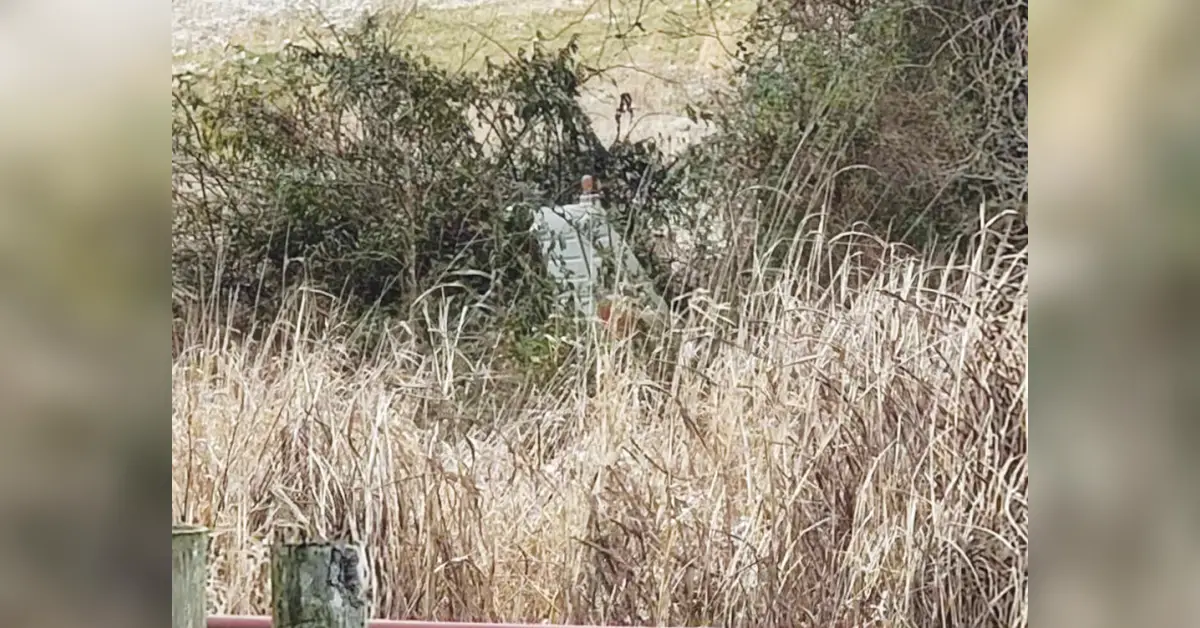- NTSB issues the preliminary report into the fatal accident involving a Piper PA-32-300 Cherokee Six B, N8963N, that occurred on February 24, 2024, near James A Rhodes Airport (KJRO), Jackson, Ohio:
On February 24, 2024, around 1140 eastern standard time, a Piper PA-32-300, N8963N, was destroyed when it was involved in an accident near Jackson, Ohio. The pilot and two passengers were fatally injured. The airplane was operated as a Title 14 Code of Federal Regulations Part 91 personal flight.
The non-instrument rated private pilot and two passengers departed runway 01 at James A Rhodes Airport (JRO), Jackson, Ohio, at 1136 for a cross-country flight to Haines City, Florida, to pick up a vehicle. According to two witnesses who observed the flight, the airplane departed during a period of heavy snowfall. A witness on the airport property, who was also a flight instructor, reported that the takeoff appeared normal; however, due to the heavy snow fall and restricted visibility at the time, he told his wife to note the time as he did not feel that the flight would have a good outcome. He stated that the airplane was in the clouds when it reached the end of the 5,201 ft-long runway. He further stated he could barely see the windsock at the time due to heavy snowfall and estimated the visibility to be about 1/2 mile. Another witness who was outside of his residence about 1/2 mile west of the runway at JRO reported that the airplane turned left after takeoff and flew so low over his property that he could have read the registration number had the snow not been so heavy. The airplane continued in a left circle back toward the runway until he could no longer see it because of the snow. Shortly thereafter, he heard a “crunching sound.” He estimated that the airplane was in the air for a total of 3-5 minutes.
The airplane came to rest about 1/2 mile from the departure end of runway 01, oriented to an east heading at the end of a compact debris path oriented on a west heading. All flight control surfaces were present in the wreckage, which was largely consumed by fire.
Postaccident examination of the wreckage revealed that the fuselage and cockpit were mostly consumed by postimpact fire. All seats except for the front right seat, which remained attached, were impact separated from their mounts on the cabin floor due to impact forces. All non-metal seat material and lap belt and shoulder harness webbing were consumed by the fire. The instrument panel was fragmented and burned. No instrument readings were obtained. The throttle, propeller and mixture controls were reduced to their metal control cable components, and no position settings could be determined. The manual flap selector was found set to the full flap extended position, which was verified at the flap torque tube and control rod on the left side. Both wings displayed compression damage along the leading edges and were impact separated at the wing roots. Aileron control continuity was confirmed from the control surfaces through overload separations in the control cables to near the aileron drive chain at the control column, where it was separated in overload. The aileron drive chain was fully intact. The vertical stabilizer and stabilator remained attached to the empennage and displayed little deformation except for the right outboard portion of the stabilator which was bent upward. Rudder and stabilator continuity were confirmed from control surfaces to the forward cabin area.
Examination of the engine revealed “Normal Condition” spark plugs when compared to the Champion Aviation Check a Plug chart. Borescope examination of the cylinders revealed no anomalies to the cylinder walls, piston faces, or intake and exhaust valves. Crankshaft continuity was confirmed through multiple 360º rotations by rotating the vacuum pump drive and by rotating the crankshaft flange. Thumb compression and suction were achieved on all cylinders. All propeller blades exhibited chordwise scoring and leading-edge abrasion. One blade exhibited aft bending and a second blade exhibited torsional twisting.
Examination of the airframe and engine revealed no preimpact mechanical malfunctions or failures that would have precluded normal operation.
According to the pilot’s flight instructor, the accident pilot had accrued about 20 hours of “flying under the hood” and was working on his instrument rating.
The reported weather conditions at JRO at 1135 included overcast clouds at 1,200 ft, 1 3/4 miles visibility in light snow, and gusting wind.
The wreckage was retained for further investigation
- Report:

 www.nbc4i.com
www.nbc4i.com

 www.nbc4i.com
www.nbc4i.com

